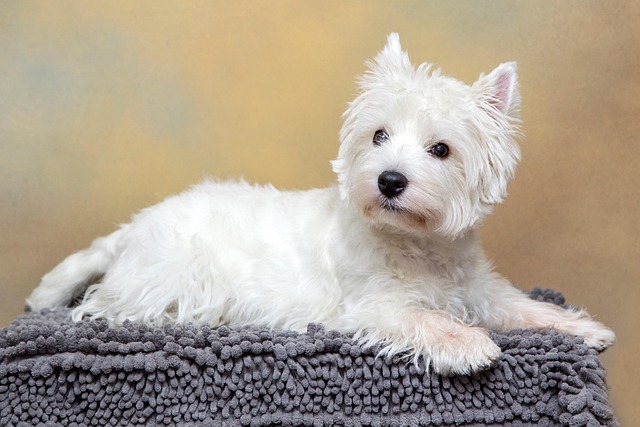
How do i train my dog to be obedient?
Watching your dog dart across the park ignoring your calls isn’t just frustrating—it can put them at risk near busy streets or public spaces.
House training a dog with a crate is a tried-and-true method that plays on their natural instincts to keep their den clean. But it’s not just about shutting your pup inside—a successful crate training journey requires patience, positive reinforcement, and understanding your dog’s unique personality.
First things first: pick the right crate. It should be large enough for your dog to stand up, turn around, and lie down comfortably, but not so big that they can use one corner as a bathroom. In many places, regulations emphasize animal welfare, meaning the crate must meet minimum size requirements to avoid legal issues. Line the bottom with a soft blanket or a crate pad to make it cozy.
Introduce the crate gradually. Leave the door open and scatter treats inside, encouraging your dog to explore at their own pace. Once they’re comfortable going in and out, start closing the door for short periods while you’re in the room. Praise them calmly when they stay relaxed, and never force them inside—negative associations can derail your progress.
Establish a routine. Dogs thrive on predictability, so take your dog out of the crate regularly for bathroom breaks, especially after waking up, eating, or playing. Wait patiently in the designated potty area, and when they do their business, celebrate with enthusiasm. The goal is to teach them that leaving the crate means an opportunity to relieve themselves outside.

Limit crate time wisely. Puppies have smaller bladders and need more frequent breaks, while adult dogs can typically hold it longer. But even well-trained dogs shouldn’t be crated for excessive hours. Many communities have laws against confining pets for extended periods without proper breaks, so familiarize yourself with local regulations to keep your dog happy and healthy.
Use the crate as a safe space, not a punishment. If your dog is anxious during thunderstorms or fireworks, let the crate be their sanctuary. Place favorite toys or a piece of your clothing inside to comfort them. This positive association makes the crate a place they’ll seek out voluntarily, which helps with house training.
When accidents happen, don’t scold your dog. Instead, clean up the mess thoroughly with an enzymatic cleaner to remove the scent, which can prevent repeat offenses. Remember, house training takes time, and setbacks are normal, especially in the beginning. Stay consistent with your routine and positive reinforcement.
As your dog gets the hang of things, gradually increase the time they spend in the crate. But always monitor their behavior. Signs of distress like excessive barking, whining, or destructive chewing mean they might need more frequent breaks or additional training.
Crate training isn’t just about potty training—it’s about building trust and creating a secure environment for your dog. With the right approach, your crate will become an essential part of your dog’s life, helping them grow into a well-behaved, confident companion.

Watching your dog dart across the park ignoring your calls isn’t just frustrating—it can put them at risk near busy streets or public spaces.

New puppy owners often find themselves rushing to clean up accidents before they set in, and that’s where puppy pad training becomes a game-changer.

If you've noticed your dog's waistline disappearing and your veterinarian has mentioned those few extra pounds, your first instinct might be to simply reduce the amount of food in their bowl.

Training a dog to use a designated spot indoors isn’t as daunting as many new owners fear, but it does take consistency and an understanding of your pet’s needs.

That moment of dread on a walk is all too familiar for many new dog owners. You see another dog approaching down the sidewalk of your neighborhood

If the sight of another dog on your neighborhood walk makes your heart sink as your own dog erupts into a frenzy of barking and lunging, you're not alone.